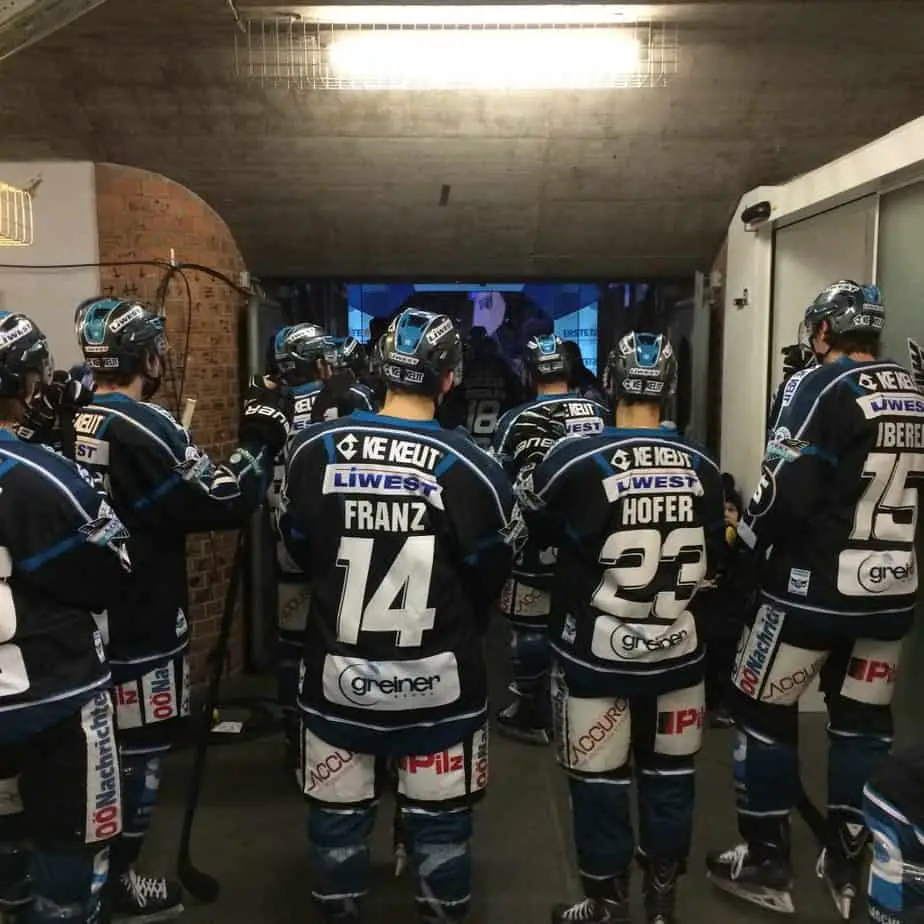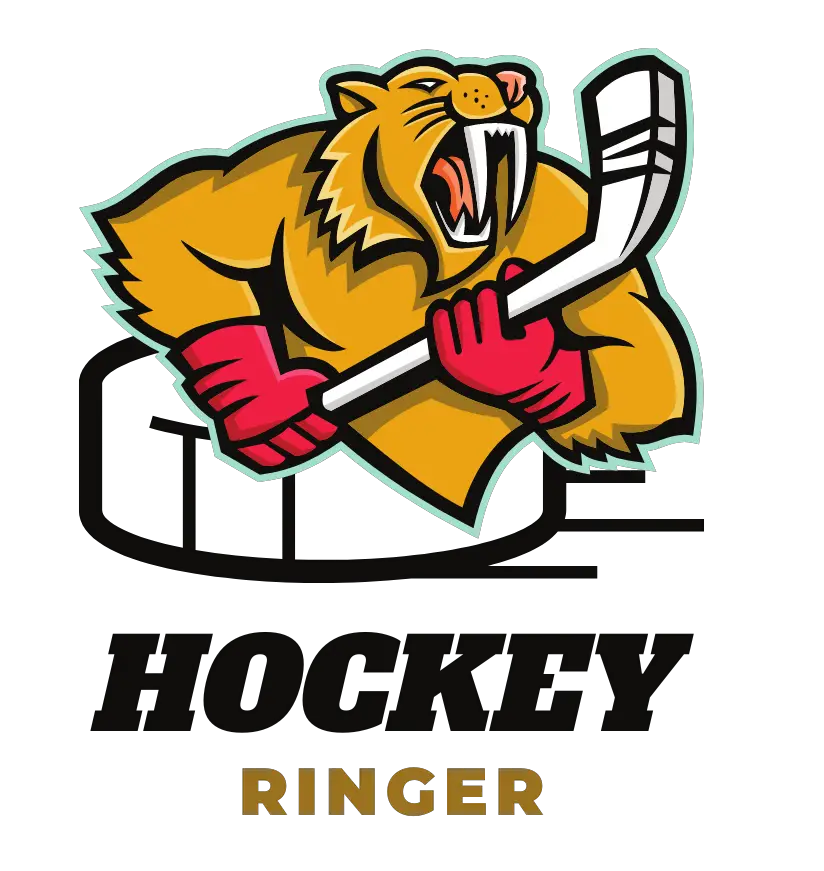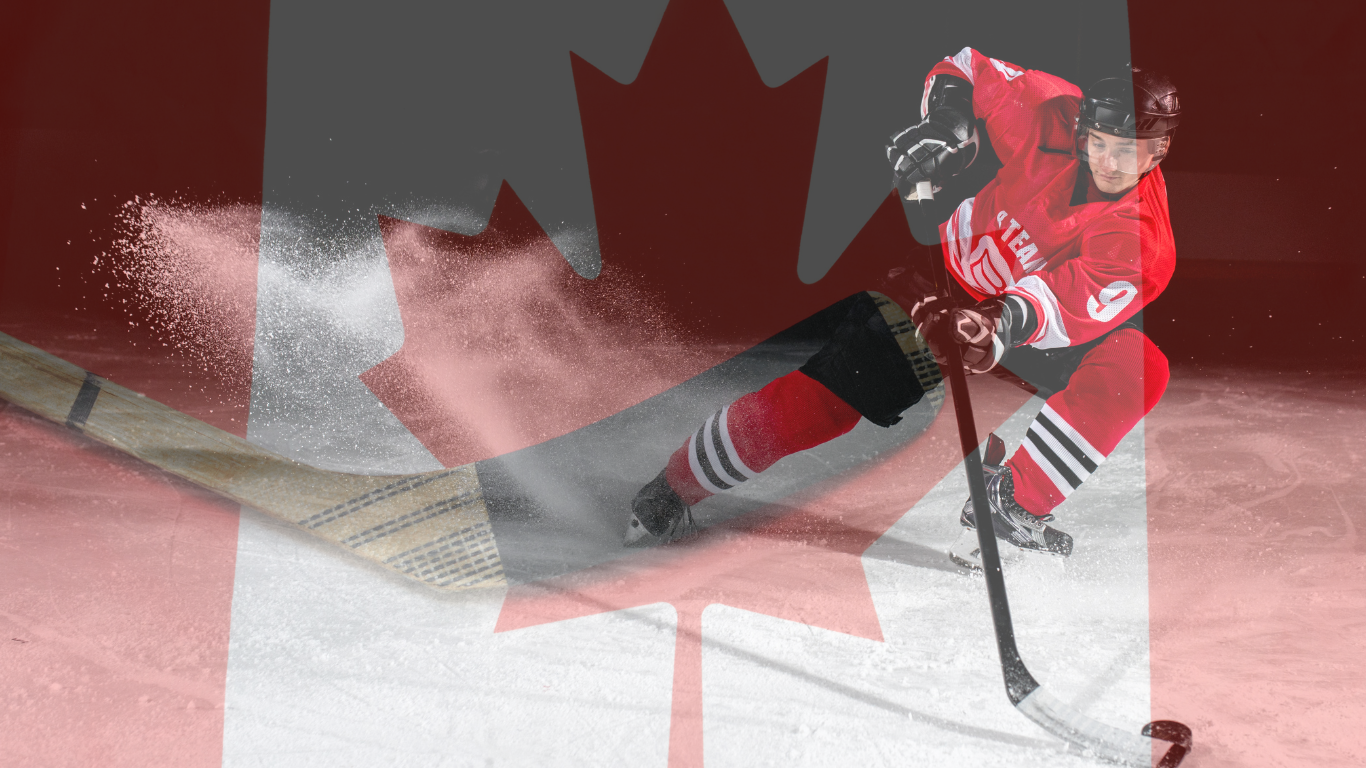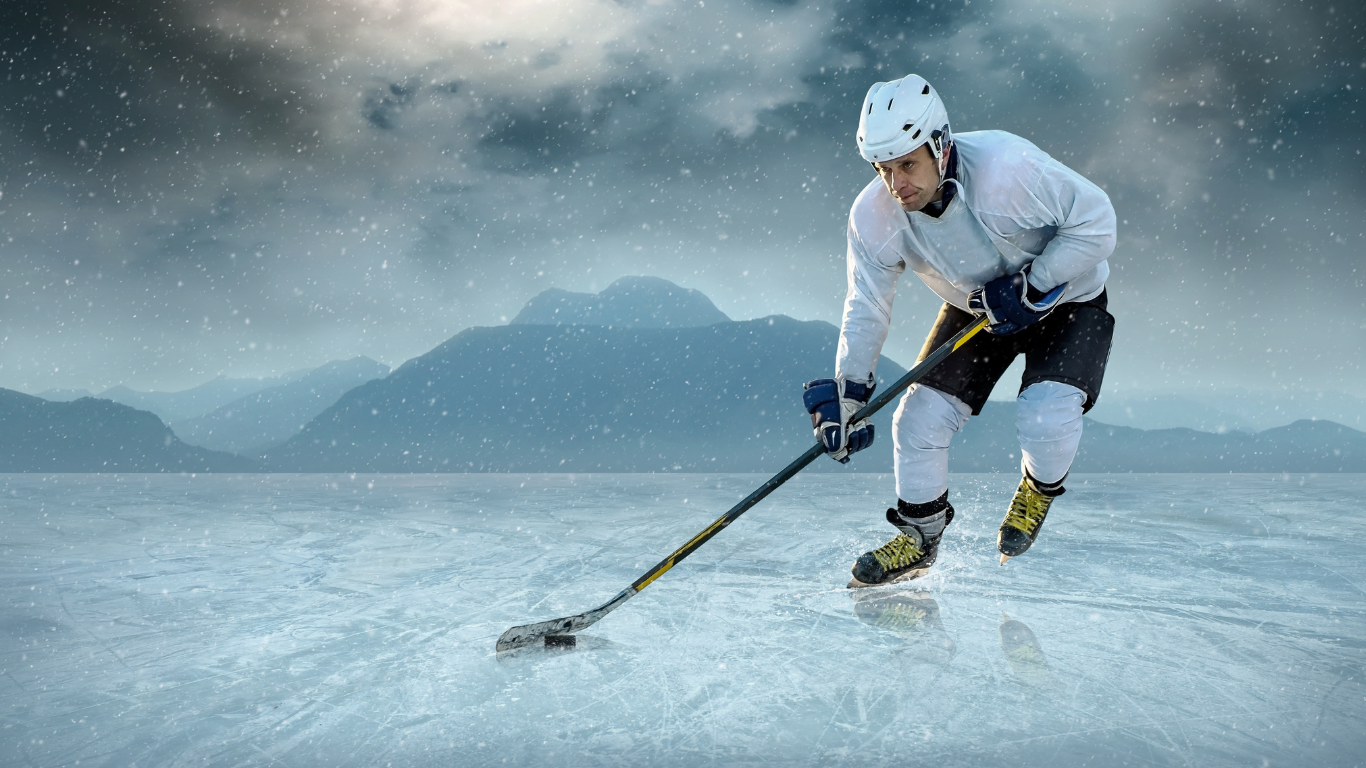Ice hockey is a sport with timings slightly different from other sports. While most games are played with two halves, ice hockey isn’t. So, How Many Periods In Hockey.
In total, ice hockey games take about 2 to 3 hours from the time of dropping the puck to the end of the game, which includes rest, pause, and potential overtime. But according to hockey rules, the official duration of an NHL hockey game is 60 minutes which is (3 periods * 20 minutes = 1 hour).
On this page, I want to talk to you about everything that you need to know about the rules surrounding ice hockey periods, and I even want to touch upon a little bit of the history.
How Many Ice Hockey Periods Are There?
It doesn’t matter what level hockey is being played; there will always be three normal play periods. In the event of a tie, an extra period will be added as a ‘tiebreaker’ to determine a winner.
In the NHL playoffs, there could feasibly be an unlimited number of 20-minute periods if no winner can be determined, although I am going to talk more about that in a short while.
Why Does Hockey Game Have Three Periods?

You may be interested to know that up until the early 1900s, the way that ice hockey was played was slightly different.
Up until 1910, ice hockey was a game of two halves. There would still be 60-minutes on the clock, but the game would be split up into two thirty minutes halves instead.
The problem was that the longer halves of the game meant that the ice was getting completely messed up and the players were tired out. Basically, the game’s quality was being hampered, and it didn’t make ice hockey all that appealing to watch during the latter part of the game.
Ice Hockey Have Three Periods because the rule-makers decided that splitting the game up into three periods would be easier on the ice and on the players. The main reason we see three periods now is that the ice can be flooded between the periods.
This will allow the players to rest but, more importantly, it will allow the ice to be refreshed, so once all the players head back out on that ice, they can skate around freely without worrying about all those deep scratches and the like in the ice!
How Long Is An Ice Hockey Game Period?
An ice hockey period in the NHL will last for 20-minutes. Of course, in practice, the amount of time for each period will be longer than this. There will often be several stoppages in the game. This means that a period may last a lot longer than 20-minutes.
It isn’t uncommon for an ice hockey game to last more than 2.5-hours when all of the stoppages have been factored into the equation.
Ice hockey played at the junior level will also have periods that last 20-minutes. However, there is going to be a huge difference to the national hockey league (NHL).
If there is a stoppage on the ice, the clock doesn’t stop counting down. This means that periods are always going to last for 20-minutes exactly. The total time spent on the ice will always be 1-hour unless the game goes into overtime.
Can NHL Hockey Game Periods Be Shorter Than 20 Minutes?
NHL rules do allow hockey periods to be shorter than 20-minutes. If there is a delay of more than five minutes at the end of the first or second period of play, then the home team can request that the period be ended early. If the referee agrees, then the period will end before the 20-minute are up.
This doesn’t mean that the time is lost, though. Any time ‘lost’ in one period is added to the next period. For example; if a period ended 5-minutes early, and thus lasted just 15-minutes, then the next period would be 25-minutes long instead.
This isn’t the only thing that happens, though. The first 5-minutes of that long period will be played as if it was still the previous period. This means that the teams won’t be switching sides on the ice rink until 5-minutes into the game.
It can be quite confusing to see, so most teams and referees will try to avoid having extended periods unless it is absolutely necessary e.g. a period had to end early because there was a serious injury on the ice.
How Long Is The intermission Between Hockey Periods?
The NHL is incredibly strict about how long the intermissions between each period are. For most games, the intermission period is 15 minutes and 30-seconds. The teams will need to be back on the ice by the end of this intermission because it has to start on time.
If the match is being broadcast on TV, then this break will be extended to 17-minutes to accommodate for advertising on the television, as well as any play-by-play analysis by the broadcaster.
Is Hockey Overtime Classed as a Period?
It depends on the context. You have to remember that in ice hockey, there are two types of overtime that you can have.’
The type of overtime that you are most likely to see will occur during the normal season. In the event of a tie a the end of the three periods, the match will have an extra 5-minutes added on. In these five minutes, the game will take a ‘golden goal’ format.
The first team to score in those five minutes will win the game. Teams will often shake up their team to be a bit more attacking here but, if they do that, they will end up sacrificing the point that they gained when the game was a tie after the first three periods.
After these five minutes are up, the game will go into a penalty shoot-out. That will be played until a winner is declared. There will be no more periods in a normal game of NHL ice hockey. The same rules are likely to apply to all levels of the game.
The play-offs will have a completely different format. If there is a tie at the end of the three periods, then an extra 20-minute period will be added to the game. Again, this is going to take a golden goal format. If nobody scores in that twenty-minute period, then a new twenty-minute period can be played.
There is literally no limit to the number of extra periods that can be played during the playoffs, as the game will never go into a shoot-out. Although, generally speaking, most games are going to be decided in that first extra period.
In the playoffs, there will be no penalty if a team wants to go for the all-out attacking approach and swap some of their professional players around. However, this is something that could work to their disadvantage. After all, if they are going on the all-out attack, they are leaving their defense vulnerable, and it could spell a loss in the playoffs.
Conclusion
There are a surprising number of ice hockey game rules that govern the number of periods and how much time they last. There is also a surprising amount of history behind these rules too, and those rules have completely shaken up the game for the better.
Even more interesting is that there are only a few sports where the period length remains the same, no matter what level the sport is being played at.



